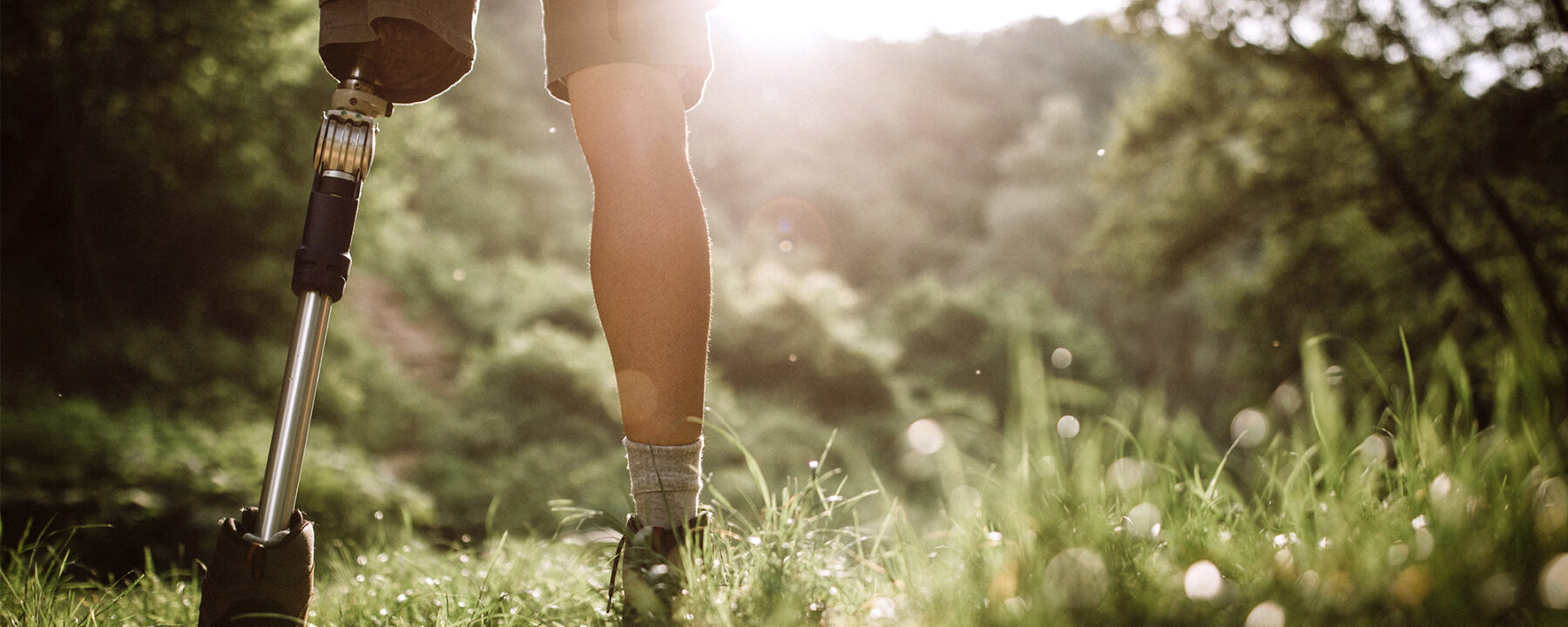
Lower Limb Suspension Methods
Socket suspension methods are individual to every patient and your prosthetist will discuss the various options available to enable you to make the right decision and chose the best option for you.
Skin integrity, anatomy of a residual limb, the ability to weight bear and don and doff (put on and take off) a prosthesis will all influence if you are a suitable candidate for a specific suspension style of socket. Here at Dorset Ortho, we offer all methods of suspension.
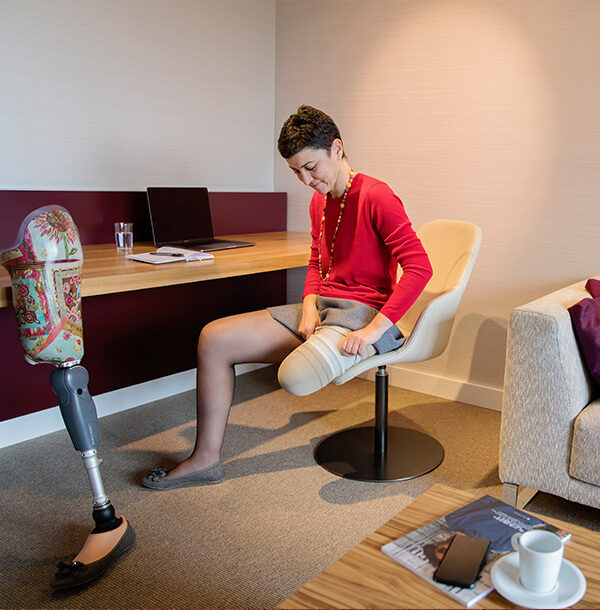
Pin
Pin suspension is when the connection between the residual limb and the prosthesis is provided by a liner that is rolled directly on to your residual limb. This liner has a pin attachment distally that connects into a lock at the bottom of a socket. The liner will be manufactured out of a silicone or gel material which will help protect skin and distribute pressures evenly over a residual limb.

Suction
The suction suspension method is designed to match the volume of a residual limb in a socket. A liner and suspension sleeve combination, or a liner with a sealing band, will create a suction seal by pushing all air in a socket out of a valve and then this valve creates an air lock and the socket is suspended securely.
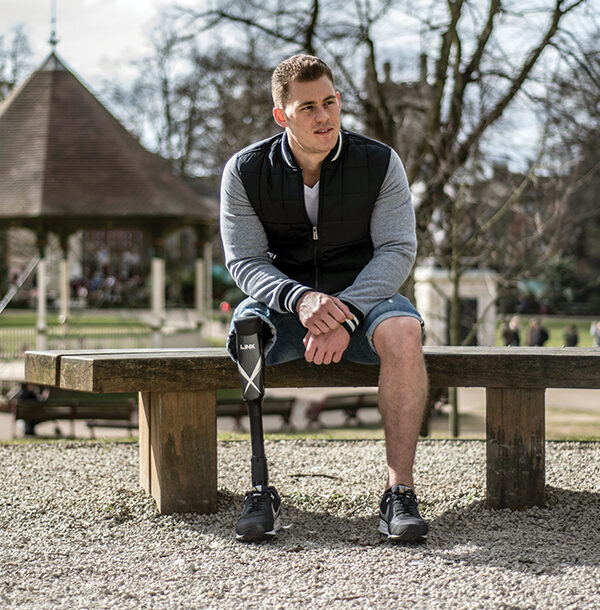
Skin Suction
Skin suction is a suspension method used primarily in above knee amputees. The prosthetic socket will be adapted so that the residual limb muscles establish a correct connection without constricting excessively, this socket fit is achieved by closely matching the volume of a residual limb.The prosthetic socket is worn directly on the skin without a residual limb sock.
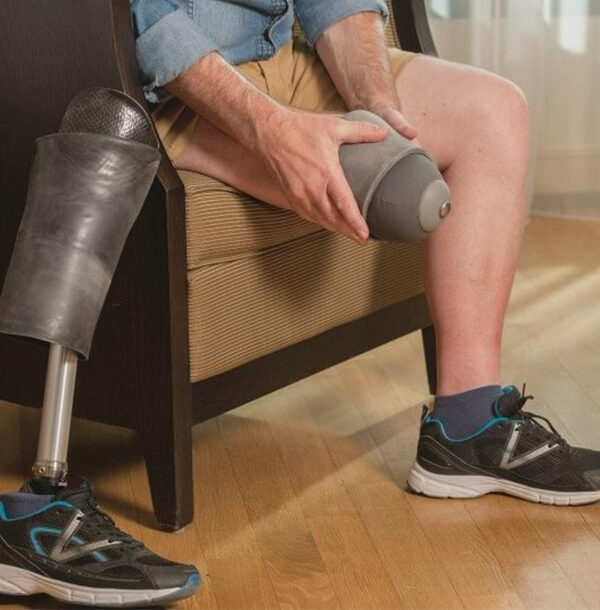
Elevated Vacuum
Elevated vacuum offers a high level of vacuum suspension that will provide a heightened sense of comfort and security. It is only suitable for below knee amputees and these systems will securely hold a socket in place, plus they can reduce any pistoning therefore reducing friction and potential damage to a residual limb.
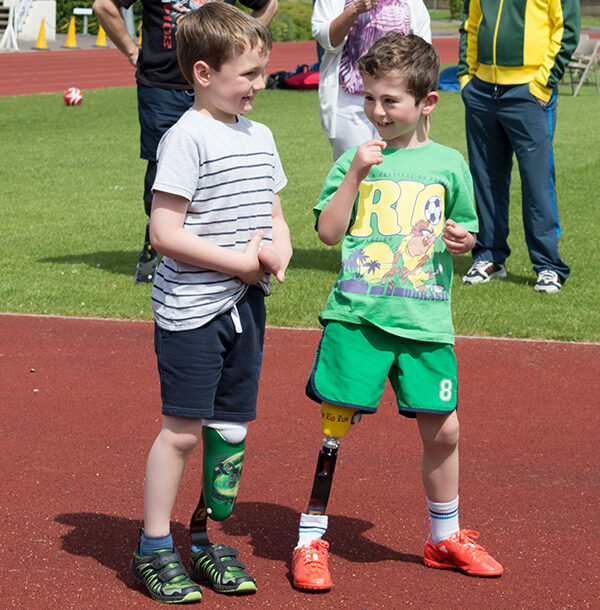
Self-Suspension
Self-suspension can be achieved by utilising bony anatomy of a residual limb. The socket is designed to contour the shape of this bony anatomy to suspend the socket. This can often be achieved in amputation levels such as partial foot, ankle disarticulations and knee disarticulations. Often a panel design or cut out design will be required to don/doff the prosthesis.
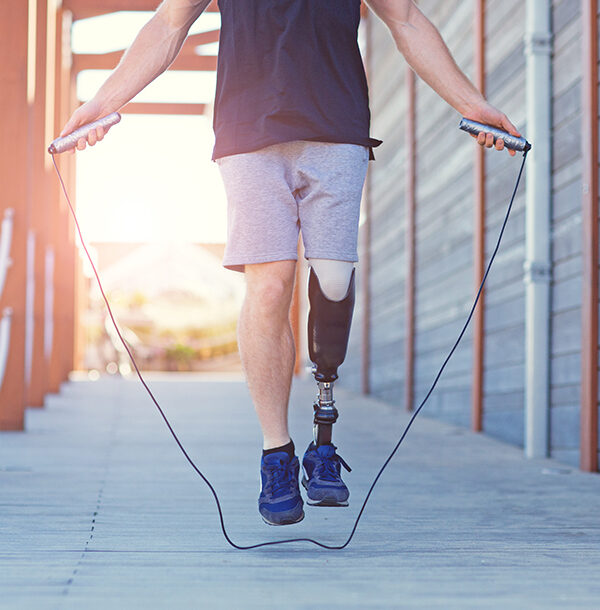
Lanyard
The lanyard system uses a strap attached to the bottom of a liner which is threaded through from the bottom of the socket and attached to the outside of the socket. Because this is easy to use, it is a good choice for new amputees or amputees that are less active and are getting used to their new device.
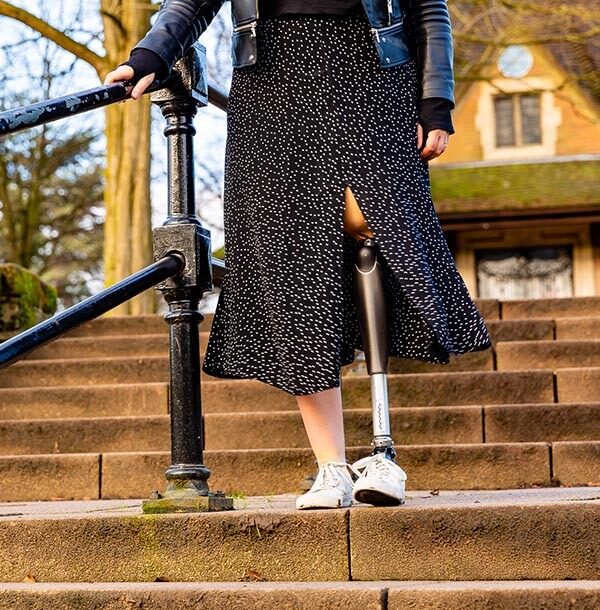
Sleeve & Belt Suspension
A knee suspension sleeve can be a sole method of suspension or it can be added as an additional measure for activates that require extra support. A leather cuff can also be used for below knees to suspend a prosthesis, particularly when hand dexterity is an issue, and if skin integrity is compromised.
A suspension belt is used for above knee amputees to offer suspension around the waist. This may be in the form of a soft waist band belt or sometimes a rigid leather belt is required when additional support is required or if there is reduced residual limb length available.
